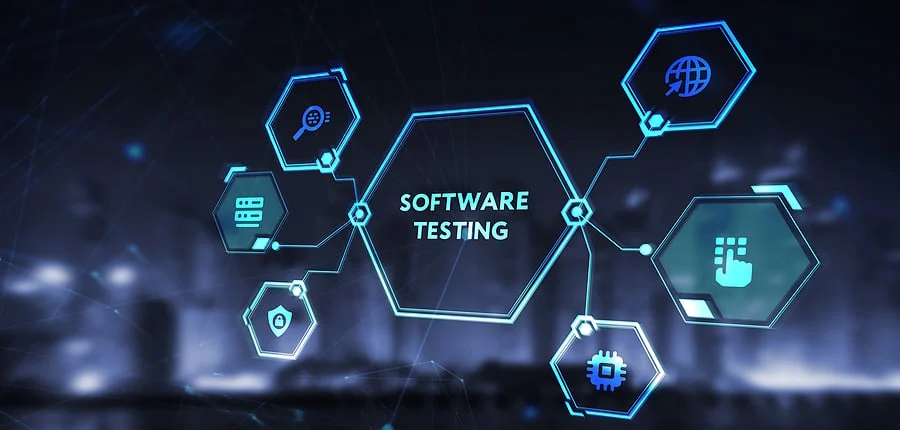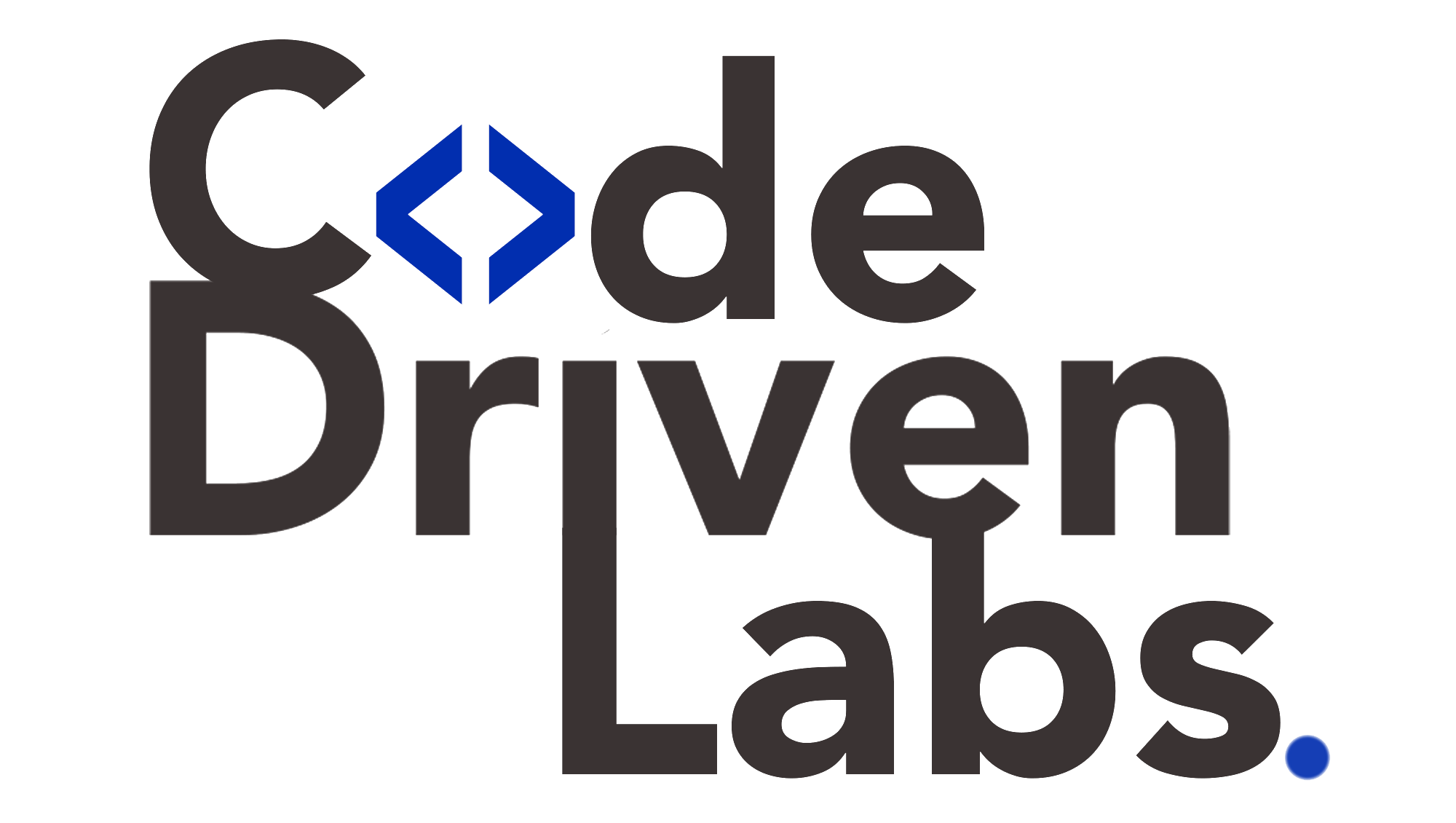Level up your business with US.
- Home
- The Rise of Continuous Testing: Why It’s the Backbone of DevOps Success
The Rise of Continuous Testing: Why It’s the Backbone of DevOps Success
July 16, 2025 - Blog
The Rise of Continuous Testing: Why It’s the Backbone of DevOps Success
In today’s software-driven world, speed and quality are no longer trade-offs—they are non-negotiable. With organizations racing to deliver updates faster, DevOps has become the dominant model for high-performing engineering teams. But one element ensures DevOps actually delivers on its promises: continuous testing.
In 2025, continuous testing is not a luxury or an optional step. It is the backbone of DevOps success—a system of constant validation that ensures your application is functional, secure, and scalable throughout the development lifecycle.
This blog explores the evolution and importance of continuous testing, the tools and practices shaping it in 2025, and how Code Driven Labs helps companies implement high-performing, reliable testing frameworks that scale with their DevOps goals.

What Is Continuous Testing?
Continuous testing is the process of executing automated tests at every stage of the software delivery pipeline. Unlike traditional testing—which often takes place at the end of development—continuous testing provides real-time feedback on code quality, performance, and security as the code moves through development, integration, and deployment.
Its primary goals are to:
-
Detect defects early
-
Enable rapid feedback loops
-
Reduce the risk of faulty releases
-
Support faster and safer deployments
It is tightly integrated with CI/CD (Continuous Integration/Continuous Deployment), forming a core part of modern DevOps workflows.
Why Continuous Testing Matters in DevOps
1. Accelerates Release Cycles
In DevOps, teams push updates frequently—sometimes multiple times a day. Continuous testing ensures that each change is validated automatically and doesn’t introduce regressions. This accelerates the release cycle while maintaining quality.
2. Reduces Cost of Fixing Bugs
Detecting bugs early is significantly cheaper than identifying them after deployment. Continuous testing validates code changes the moment they are introduced, allowing developers to fix issues immediately and reduce rework.
3. Builds Confidence in Every Deployment
By continuously testing code, teams gain confidence that their application will behave as expected. This trust enables safer, faster, and more frequent deployments—hallmarks of a mature DevOps culture.
4. Enables Agile and DevOps Synergy
Agile focuses on iteration; DevOps focuses on delivery. Continuous testing connects both by ensuring every iteration is tested and every deployment is validated, without slowing the development process.
Key Components of Continuous Testing
-
Test Automation: Automating unit, integration, API, and UI tests to run with every build.
-
CI/CD Integration: Running tests automatically on code commits and merges.
-
Service Virtualization: Simulating unavailable components for early-stage testing.
-
Test Data Management: Using dynamic, reusable, and consistent data across environments.
-
Parallel and Cross-Environment Execution: Testing across browsers, devices, and networks.
-
Real-Time Reporting: Monitoring test results, coverage, and trends via dashboards.
Top Tools for Continuous Testing in 2025
Frameworks:
-
JUnit, TestNG – Unit testing
-
Cypress, Playwright, Selenium – Front-end automation
-
Rest Assured, Postman – API testing
CI/CD Tools:
-
Jenkins, GitHub Actions, GitLab CI – Pipeline automation
Cloud Testing Platforms:
-
BrowserStack, Sauce Labs – Cross-browser/device testing
Quality Analytics:
-
Allure, ReportPortal, SonarQube – Reporting and code quality monitoring
Best Practices for Continuous Testing
1. Adopt a Testing Pyramid
Maintain a proper balance:
-
Unit tests (70%)
-
API/integration tests (20%)
-
UI tests (10%)
This structure ensures fast execution and low maintenance.
2. Automate Early and Often
Test every commit, pull request, and build. Early feedback prevents the escalation of bugs.
3. Test in Production-Like Environments
Ensure staging environments reflect real user conditions to uncover hidden issues early.
4. Use Meaningful Metrics
Track failure rates, test coverage, execution time, and flaky tests to continuously improve.
5. Collaborate Across Teams
Encourage developers, testers, and operations teams to co-own quality.
How Code Driven Labs Enables Continuous Testing Success
Code Driven Labs is a technology partner that helps organizations embed testing deeply into their DevOps pipelines. With extensive experience in automation, QA transformation, and CI/CD practices, they help businesses ensure quality doesn’t slow down delivery—but accelerates it.
Here’s how they support your DevOps journey:
1. Custom Testing Strategy Design
Every business has different tech stacks and delivery goals. Code Driven Labs begins with a thorough assessment of your current workflows and creates a custom continuous testing strategy, focusing on:
-
Test coverage planning
-
Tool selection (open-source or enterprise)
-
Test pipeline design
-
Team roles and responsibilities
2. CI/CD Integration and Pipeline Automation
They build intelligent pipelines that integrate automated testing directly into your:
-
Code review and pull request process
-
Build and deployment stages
-
Pre-production and post-deployment verifications
This ensures tests run automatically and reliably across all development stages.
3. Test Automation Framework Setup
From scratch or migration, Code Driven Labs sets up scalable and maintainable frameworks for:
-
Unit tests
-
API and integration tests
-
UI end-to-end tests
They also configure parallel testing, smart test selectors, and data-driven testing models.
4. Cloud and Cross-Platform Testing Support
They help you integrate with cloud platforms to test:
-
Across browsers and devices
-
Under different geolocations and network conditions
-
With virtual or containerized environments (Docker, Kubernetes)
This ensures real-world validation before production deployment.
5. Flaky Test Detection and Maintenance
Code Driven Labs continuously monitors test health, helping your teams:
-
Identify and fix unstable tests
-
Remove redundant or low-value scripts
-
Refactor slow test suites
This keeps your test automation lean, fast, and effective.
6. QA Training and Enablement
They don’t just build systems—they enable teams. Through hands-on workshops and documentation, they teach best practices in:
-
Test scripting
-
Pipeline usage
-
Metrics and reporting
-
Collaborative QA practices
Final Thoughts
In 2025, DevOps success depends on building quality into every stage of software delivery—not bolting it on at the end. Continuous testing is how high-performing teams catch issues early, iterate quickly, and deploy confidently.
By embracing automation, smart tools, and collaborative practices, organizations can meet the dual demands of speed and quality without compromise.
Code Driven Labs is your partner in this transformation—bringing the expertise, tools, and guidance you need to turn continuous testing from a goal into a reality.
